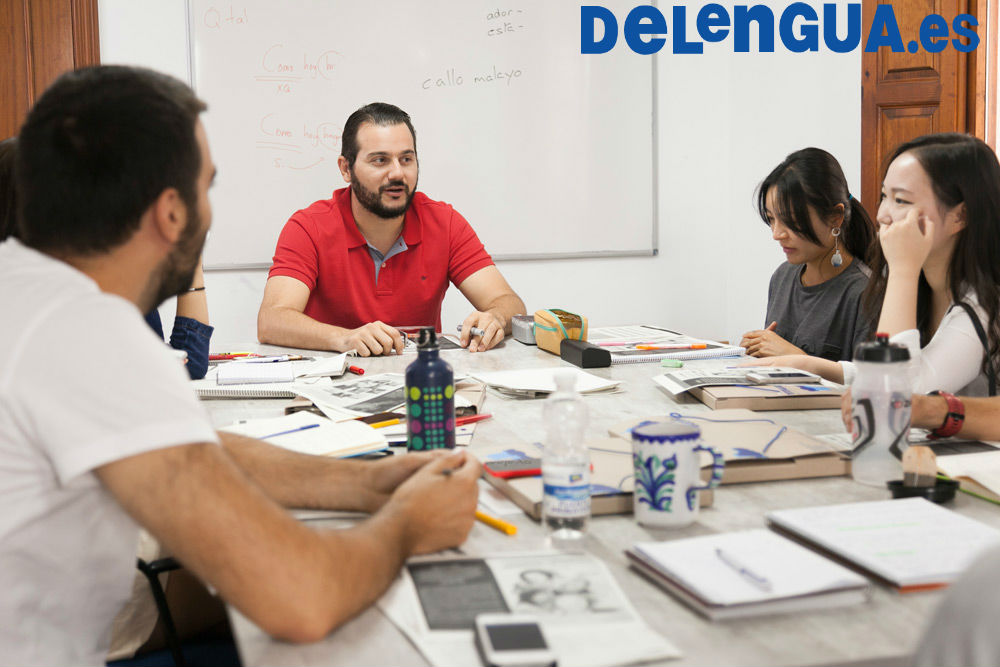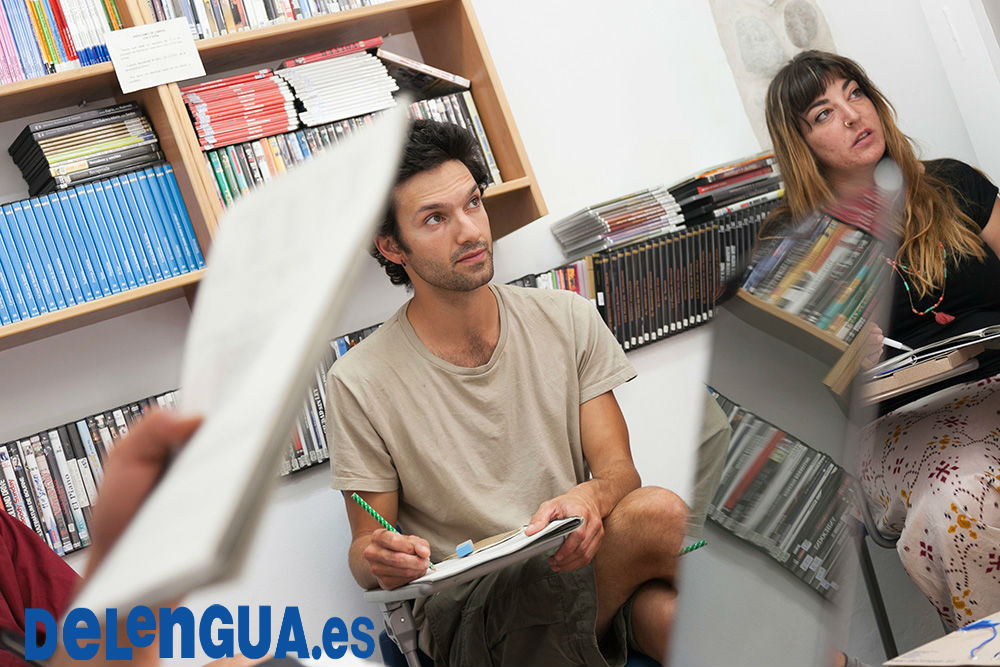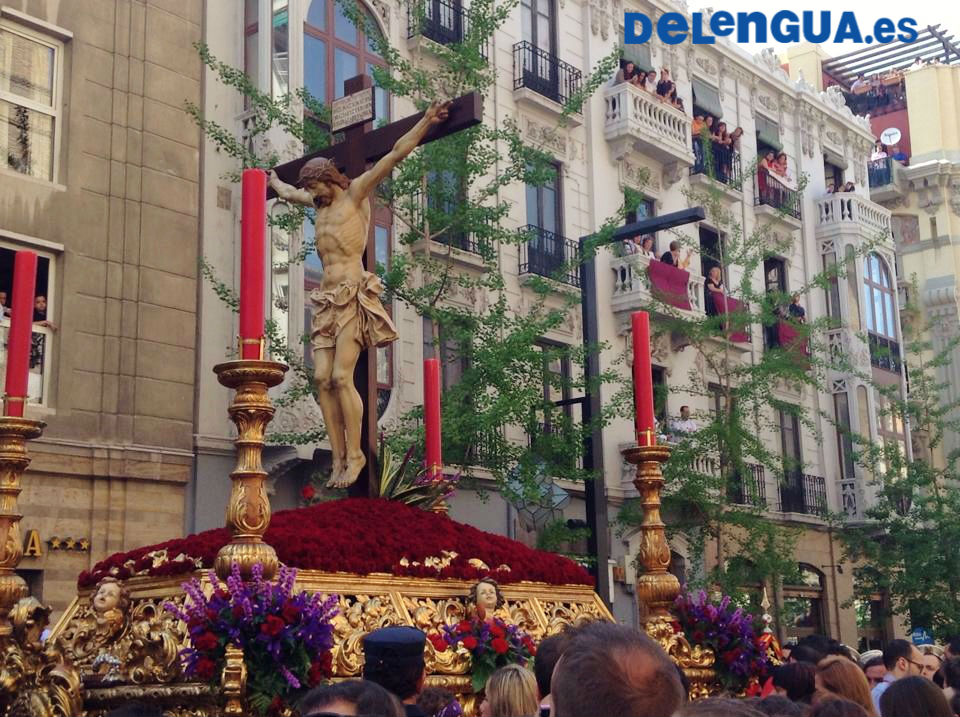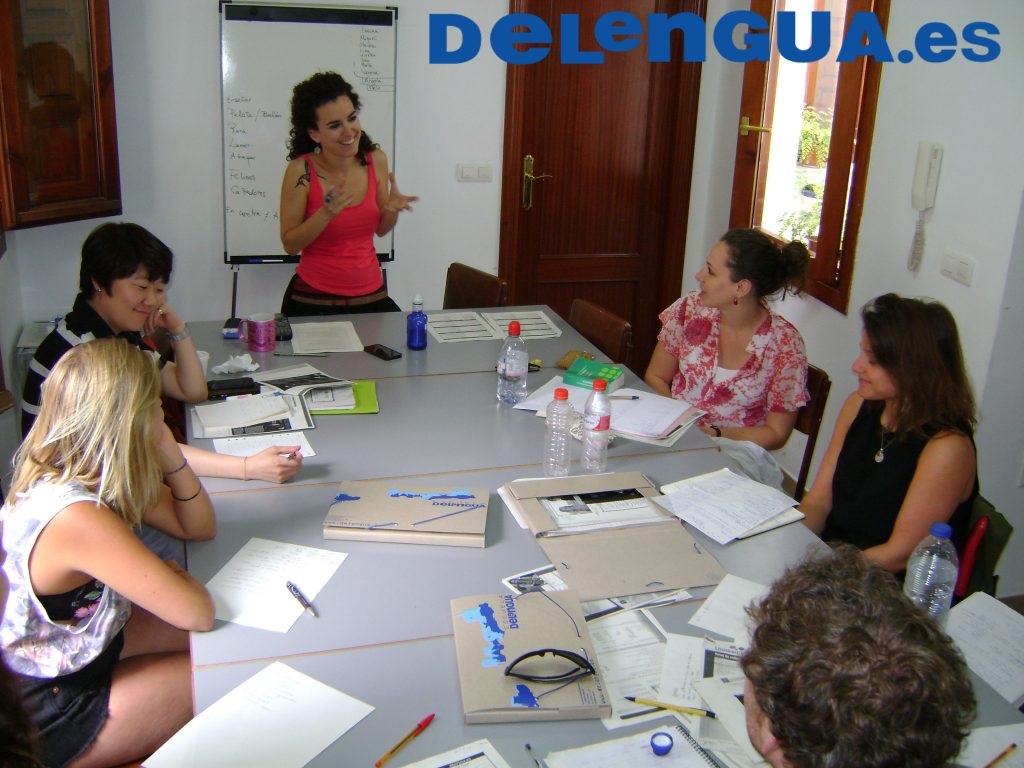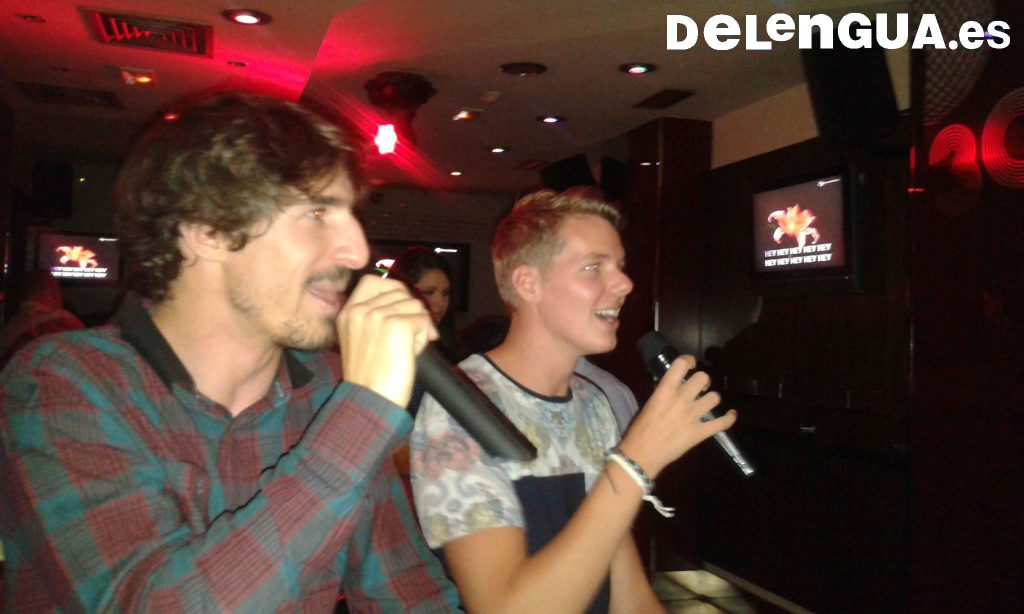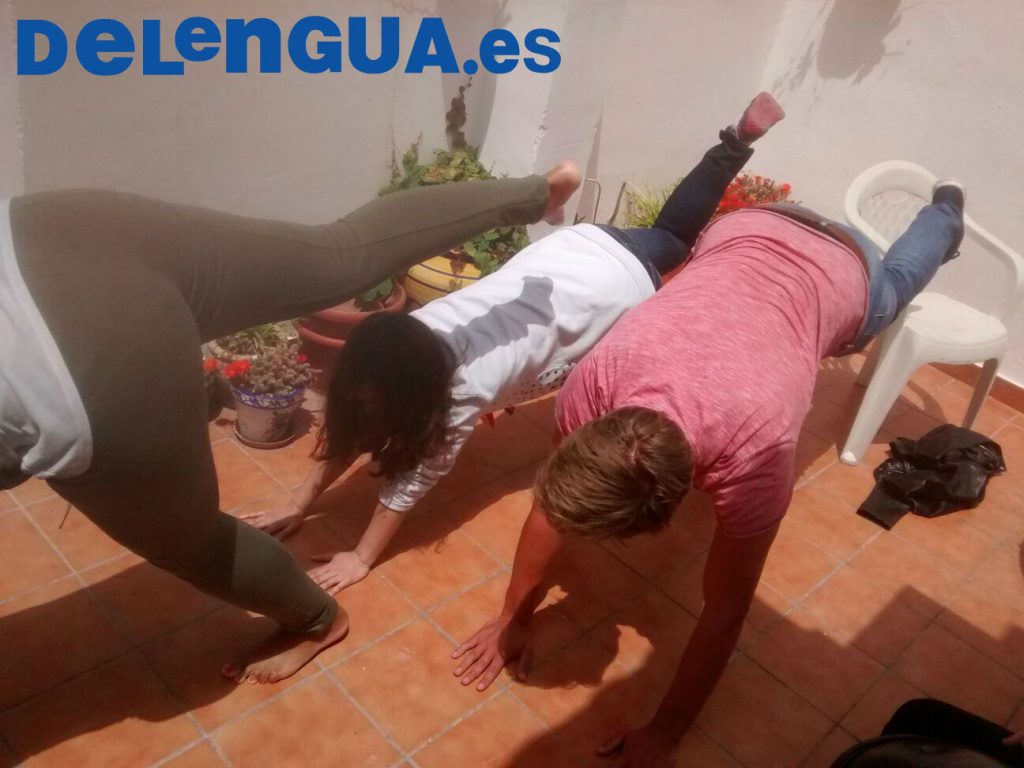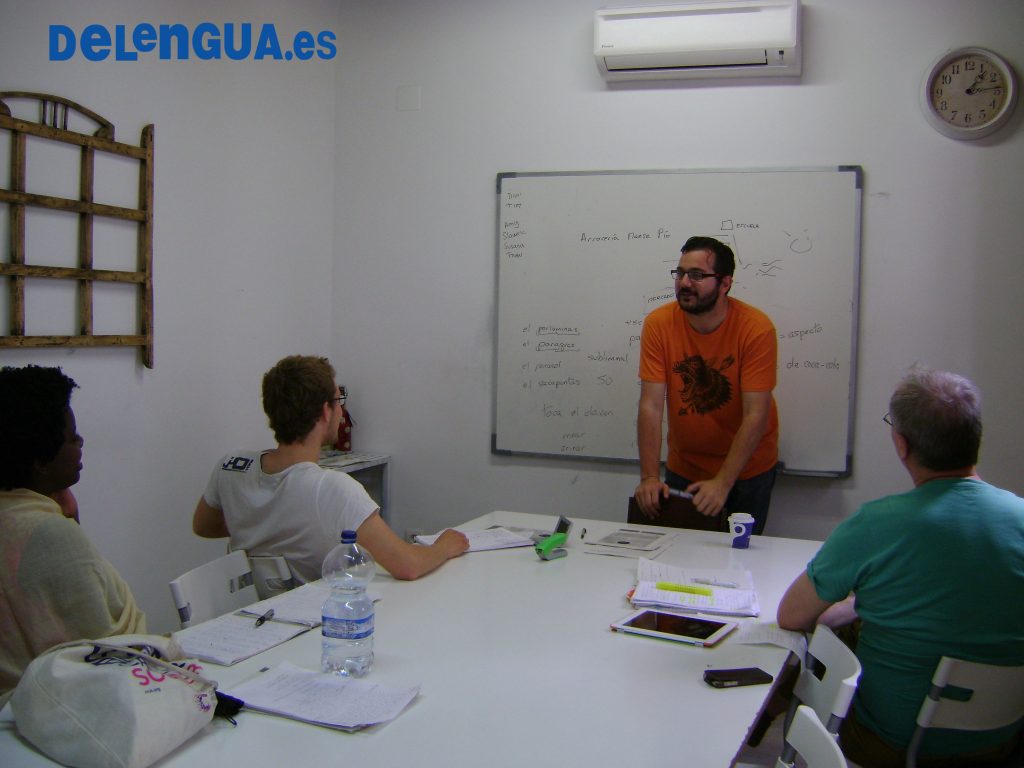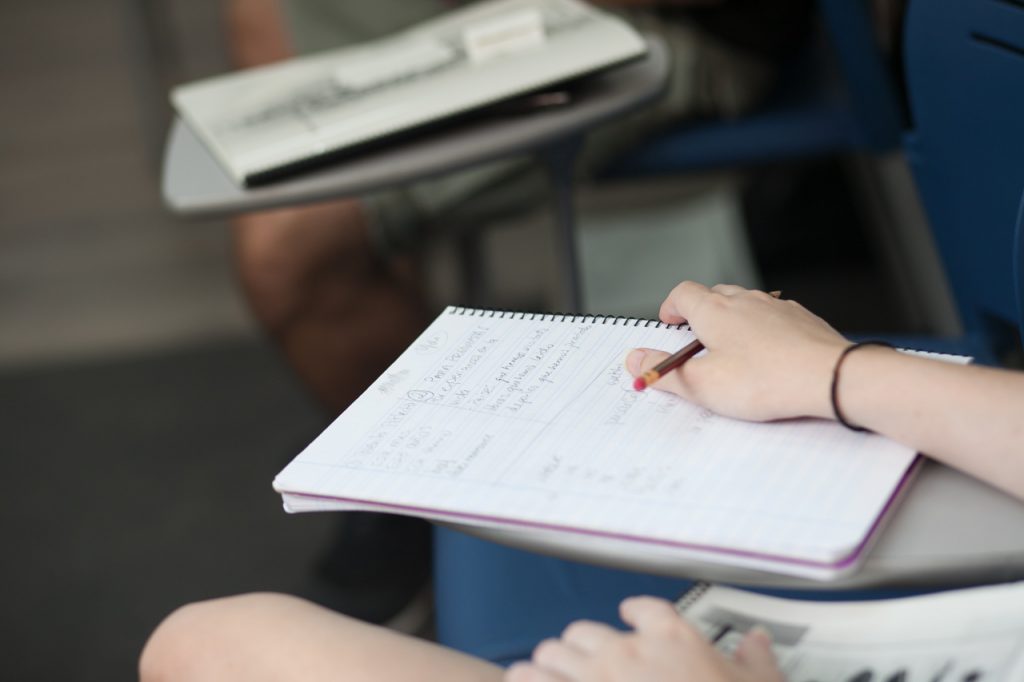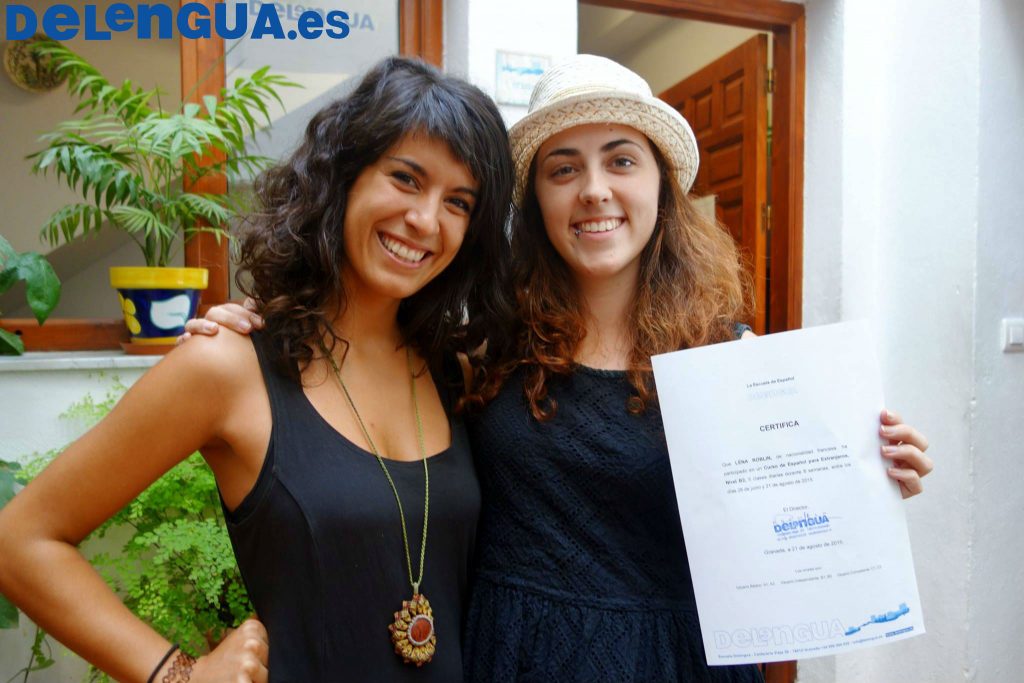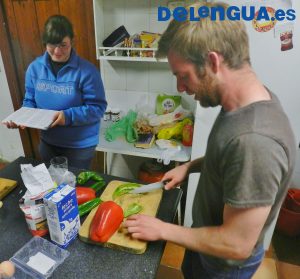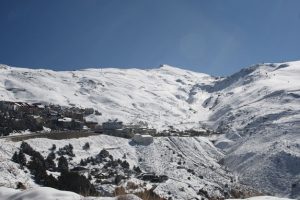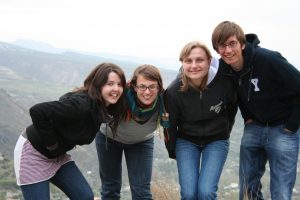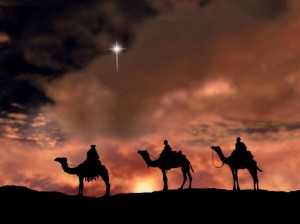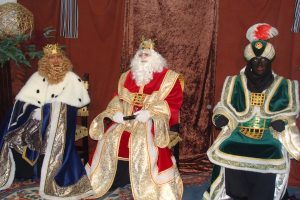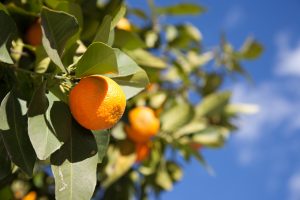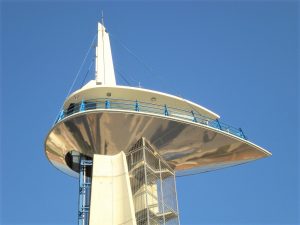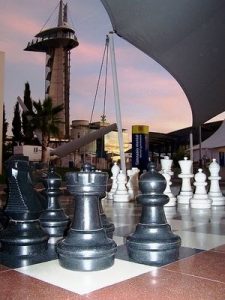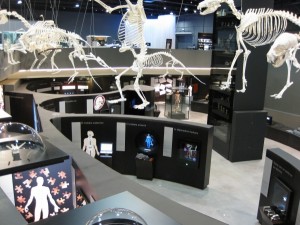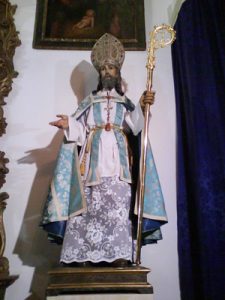| Español | Inglés | |
|---|---|---|
| A sólo 40 kilómetros de Granada se encuentra Sierra Nevada. Ahí está la cumbre más alta de la Península Ibérica, el Mulhacén, que se eleva a 3480 metros. Su nombre viene de Mulay Hasan, que fue el penúltimo rey de Granada en el siglo XV. Se dice que este rey fue enterrado en los montes del Mulhacén. Sierra Nevada se puede ver también desde el centro de Granada. Desde los miradores, por ejemplo el mirador de San Nicolás, que se encuentra a sólo 10 minutos de la Escuela Delengua, se tiene una vista maravillosa a las montañas cubiertas de nieve. Quizás te sorprenda que se pueda esquiar tan cerca del centro de Granada, una ciudad que es conocida por el sol y el buen tiempo. Pero la verdad es que en Granada puedes esquiar en Sierra Nevada por la mañana y pasar la tarde tomando el sol en las playas de la Costa Tropical. Cada fin de semana, las estaciones de esquí de Sierra Nevada acogen a más de siete mil personas que quieren disfrutar de la nieve. Y si a ti no te gusta esquiar, ¿por qué no disfrutas de la nieve con un tobogán o un paseo en un trineo de perros? Se puede hacer todo esto y mucho más en Granada, puesto que practicar el esquí no es lo único que se puede hacer en Sierra Nevada en invierno. Aparte de las estaciones de esquí existen numerosas rutas de senderismo para los apasionados de la naturaleza. Así que, si te gusta la naturaleza y el senderismo, no te pierdas la ocasión de caminar en la montaña ya que está sólo a 1 hora de Granada. Con la nieve, Sierra Nevada se convierte en un lugar completamente diferente, y no creerás que estés en España. La Escuela Delenguatambién ofrece muchas actividades extraescolares para sus estudiantes. En invierno, Sierra Nevada es uno de los destinos favoritos de los estudiantes. Si haces un curso de español en Granada, verás que la ciudad tiene mucho que ofrecer incluso en invierno.
|
Estudiantes de la Escuela Delengua en Sierra Nevada |
The Sierra Nevada, snow-covered mountain, is situated only 40 kilometres from Granada. Here, you can find the Iberian Peninsula’s highest peak, the Mulhacén, which rises up to 3480 metres. The name comes from Mulay Hasan, the penultimate king of Granada from the 15th century. It is said that this king was buried in the Mulhacén’s mountains. You can observe the Sierra Nevada from Granada’s city centre, for example from the view point San Nicolás, at only 10 minutes from Escuela Delengua. There, you have a wonderful view of the snow-covered mountains.Maybe you are surprised that it is possible to ski that near to Granada, a city that is known for sunny weather. But it is true that you can go skiing in the Sierra Nevada in the morning, and pass the afternoon sunbathing on the beaches of Costa Tropical, the tropical coast.Every weekend, the ski resorts of Sierra Nevada attract more than 7,000 people who want to enjoy the snow. If you don’t like skiing, why don’t you enjoy the snow on a sledge or a dog sleigh? All of this and much more you can do here in Granada, given that skiing is not the only thing to do in winter in the Sierra Nevada. Apart from the ski resorts, there are numerous hiking routes for those passionates about nature. So, if you like nature and going hiking, don’t miss this opportunity to walk through the mountains only 1 hour away from Granada. Due to the snow, the Sierra Nevada changes to a completely different place, so you’re going to think you aren’t any longer in Spain.The Spanish school Escuela Delengua offers many extracurricular avtivities for its students. In winter time, the Sierra Nevada is one of the students’ favourite destinations. If you plan to do a Spanish course in Granada, you are going to see that the city has a lot to offer, even in winter. |
For more information visit our website:
Search
Archives
-
Recent Posts
Tags
activities Alhambra Andalucía Andalusia Aprende español en España Aprende español en Granada Cine Español cinema cultura Cursos de espanol en Granada Cursos de español Cursos de español en España Cursos de lengua Cursos de lengua en España Cursos de lengua en Granada Delengua activities España español fiesta film flamenco Gramática Española / Spanish Grammar Granada hiking in the Sierra Nevada la lengua española Language courses language courses in Granada language courses in Spain learn Spanish learn Spanish in Granada Learn Spanish in Spain Pedro Almodóvar senderismo en la Sierra Nevada Sierra Nevada Spain spanish Spanish Courses Spanishcourses in Granada Spanish courses in Granada Spanish Courses in Spain Spanishcourses in Spain Spanish Grammar Spanish Language School the Spanish grammar the Spanish Language
